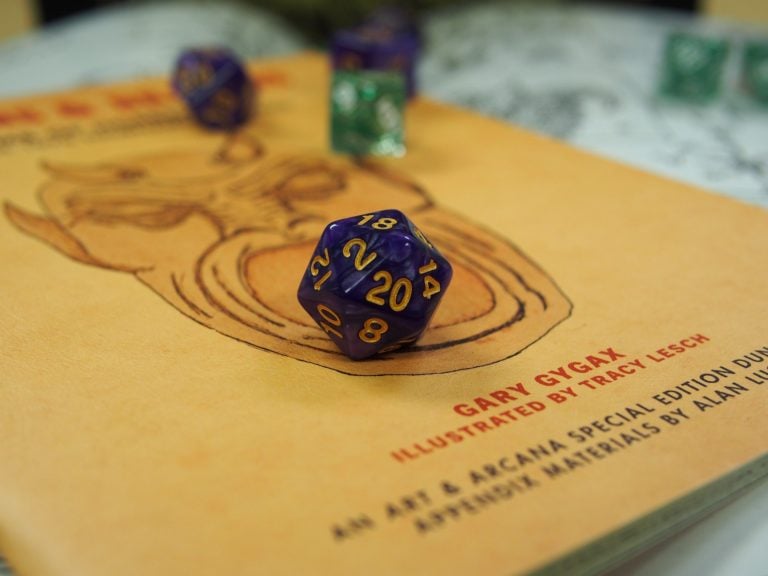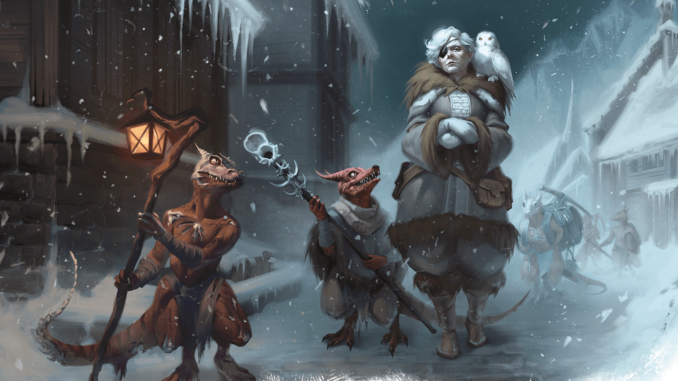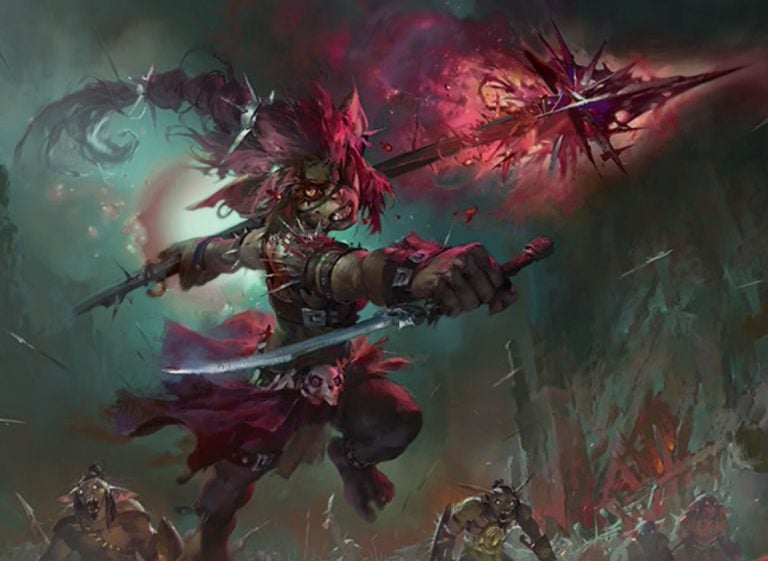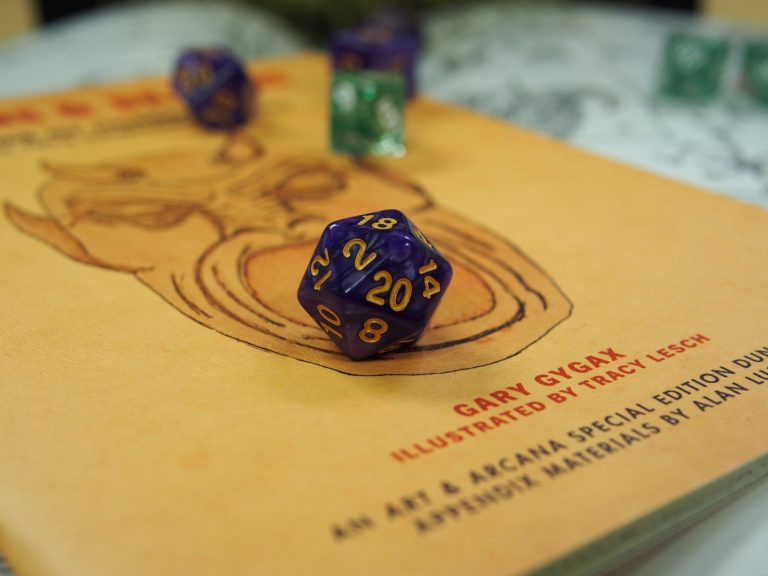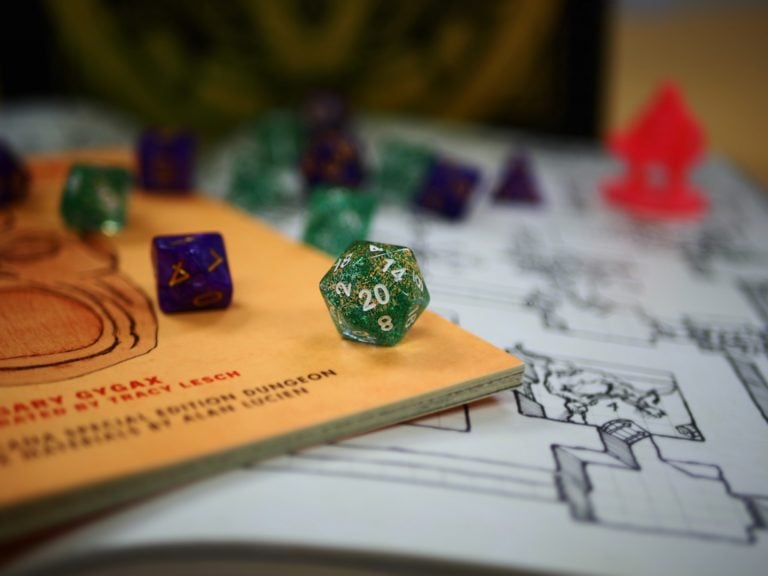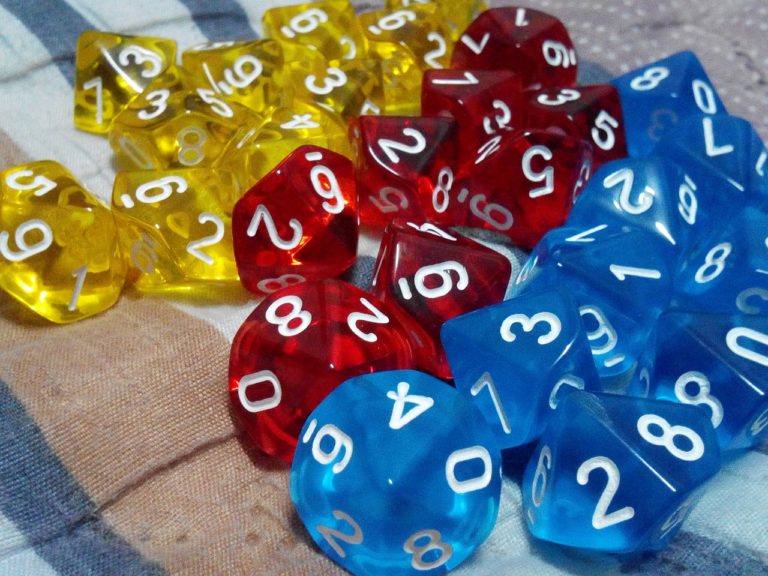Dragon Names Guide | Examples and Naming Conventions for 5E
Dragons. The titular terrors of Dungeons & Dragons 5E. They are the massive lizard creatures that everyone thinks when they say “D&D”… and arguably, the poster child of the word “Fantasy.” These creatures travel the planet, demolish villages, lounge on gold piles… There are so many different dragons in the world that it can be hard to name them. Should the Dragon’s name fill the party with hope and courage, a powerful ally in the future? Or with dread and ambition, a target worthy of ire and retribution? A name can be the perfect first impression for a dragon, and our Dragon Names Guide can help you out.
Dragon Names 5E Guide
Dragons are one of the most pervasive – and confident – big, bad bosses in D&D 5E. Most dragons start a fight by stating “you are in the lair of Xylithar,” confident in their name as a horrifying sound. A random generator is fine, and can do the job… But if you want this huge threat to be looming over your party for a story arc? That deserves at least consideration of what a Dragon’s name means.
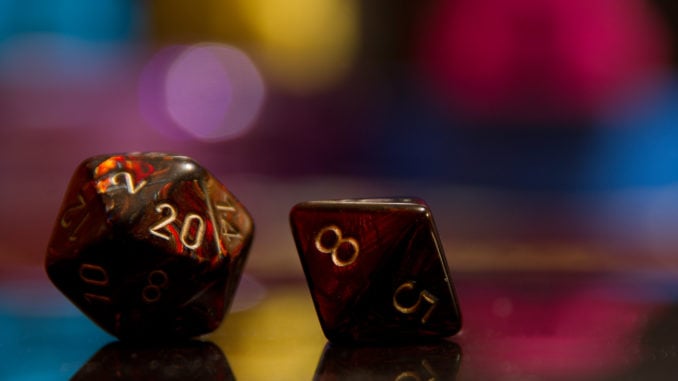
Culture and Naming Conventions
Before fully making a dragon, it’s important to understand the basics of colors and types. There’s two primary types of dragons; Chromatic and Metallic.
Chromatic dragons are the standard, completely evil dragon. They are the black, blue, green, red, and white creatures, with scales that match their color. They are fully believing that they’ve earned the wealth of the entire world; the world belongs to them. Their immense ego is usually their downfall, but also their primary motivation. Invading a lair of a chromatic dragon is not only a taboo; it’s a threat to the laws of the universe. You are defying a god, simply by thinking you can threaten them.
Metallic dragons replace the rather haughty personality of the Chromatic Dragon with a curiosity. Metallic dragons (brass, bronze, copper, gold, and silver) have hoards, but their treasure is gotten fairly. They hoard their ancestral relics, forgotten loot, and evil curses to protect others. Metallic dragons can be traded with or convinced to give an artifact or relic, but it may be difficult. These dragons can shapeshift to better communicate with humanoids or beasts, and find amusement in the cultures of humanoids. Most are a little too shy or paranoid, and stay in their lair. Those are far out of touch, reliant only on memories of the past… which could allow villains to easily trick them.
Examples of Dragon Names
In both cases, you are dealing with ancient creatures with wild personalities and a powerful language. Chromatic dragons likely see their language as a threat, a dangerous word worthy of ire and pride. A Metallic dragon holds the same pride in their name, but doesn’t need their name to intimidate. Their names should be holy, or majestic.
Male Dragon Names
Chromatic
- Abazigal
- Dran Draggore
- Enixtryx
- Faarinnjaallafon
- Maldraedior
- Thlaaklauthimir
- Voaraghamanthar
Metallic
- Ileuthra
- Baratathlaer
- Nymmurh
- Halatathlaer
- Wizzerazz
- Jaerlethket
- Azhaq
Female Dragon Names
Chromatic
- Aurgaurath
- Azurphax
- Barlgathra
- Chlorahskiir
- Dermawellindrar
- Sirvinhandra
- Ueurwen
Metallic
- Narbdy
- Alaerurrgos
- Nusas
- Tazmikella
- Valamaradace
- Otaaryliakkarnos
- Pharyssolnyth
That’s all for our Dragon guide! Dragons aren’t playable by most players, so if you get the chance to name a pet dragon (or you’re a DM), we hope this helped! Check out our guide to Legendary Actions if you want to read more about things Dragons can do!

